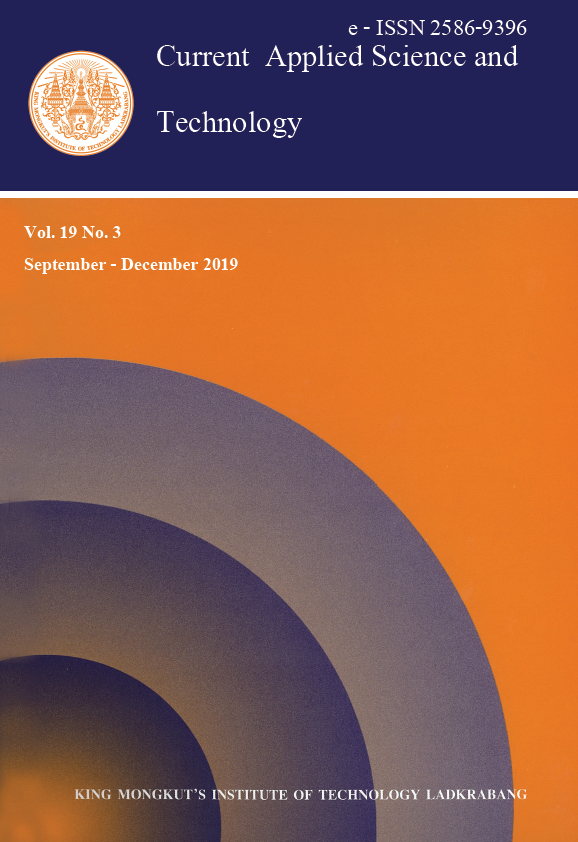*Corresponding author: Tel.: 66 83 570 4960
E-mail: susira.b@sciee.kmutnb.ac.th
Bootdee*, S. ., Phantu, S. ., Lamlongrat, P. ., & Khumphai, T. . (2019). Indoor Nitrogen Dioxide Investigation and Health Risk Assessment in Primary Schools at Rayong city, Thailand. CURRENT APPLIED SCIENCE AND TECHNOLOGY, 248-262.
